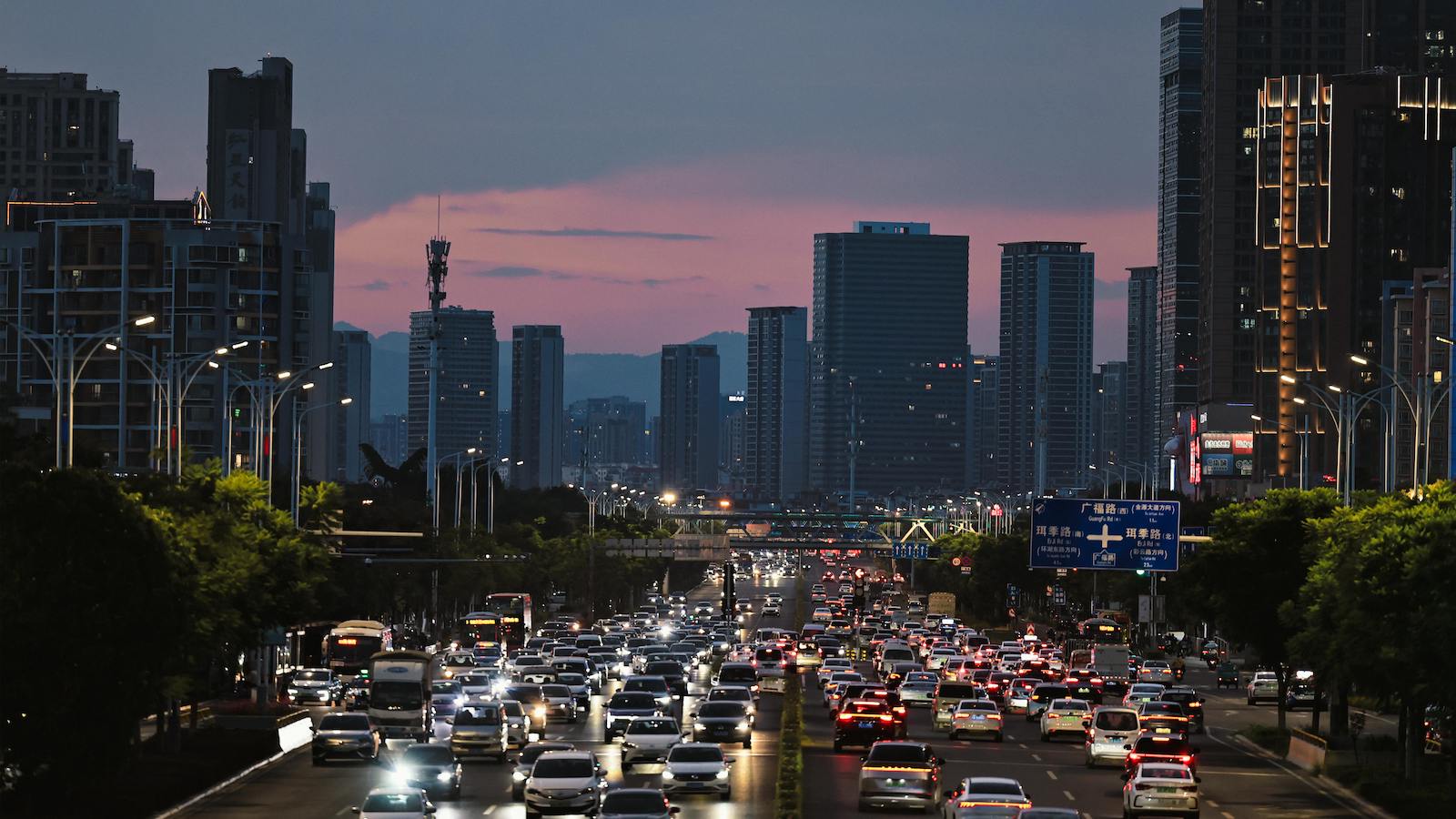2022 has been another roller coaster ride. Inflation hit a 40-year high in February, and, according to the World Bank, global growth in 2022 is expected to decelerate from 5.5% to 4.1%. We can blame continued COVID-19 disruptions, supply chain bottlenecks and anticipated higher food, gasoline and energy prices, combined with worker shortages and recent geopolitical issues related to the Russia/Ukraine conflict.
But before we talk about what this means for auto insurers in the second half of the year, we need to go a bit deeper into the causes of the current inflation crisis.
First, supply shortages caused by the ripple effect of COVID shutdowns on manufacturing and distribution centers in multiple geographies have affected nearly every industry. For instance, I recently looked into buying furniture and learned that, not only would it take up to four months to arrive, but I’d also have to pay 20% more than I’d have had to pay last year.
The auto industry is no different. Parts shortages are so severe that Ford had to shut down its Flat Rock assembly plant for more than a week because it could not secure enough chips. If manufacturers can’t get parts, the situation is going to be at least as severe for repair and body shops. For auto insurers, this means they should expect higher claims costs in the second half of the year and longer wait times for damaged vehicles to be repaired and returned to their owners. Prices for auto parts will definitely continue to rise, given manufacturing shortages and distribution delays.
Auto repair costs
What’s more, auto body and repair shops are facing the same labor shortages and increasing wage pressures that every other business is experiencing, further increasing costs for repair. In response to the labor shortage and other factors fueling inflation, the Federal Reserve voted to raise rates by half a point in May, the largest increase in more than two decades -- then three-quarter point in June. But the increases will take time to have an effect and are unlikely to temper auto claims costs much in the next six months.
Another factor to consider is how companies entice the last of the pandemic’s workforce dropouts to jump back into the job market. According to JP Morgan Chase, continued strong demand for labor should attract those workers, but demographic trends may still drive a long-term worker shortage. Moreover, even a return to pre-pandemic labor market participation rates and higher wages won’t reverse the aging of the American workforce or the slowing of immigration flows. As a result, businesses will need to invest in technologies that allow smaller teams to be more productive.
Thankfully, used-car prices have begun to decline from the eye-popping heights they reached last year. Cox Automotive reports that used vehicle prices declined 1% in April over March, marking the third straight month of declines. But prices are still close to twice what they were over the previous decade. So while auto insurers may see a bit of relief in the second half of the year in the cost of replacing a totaled vehicle, costs will still remain historically high.
See also: What to Do About Rising Inflation?
Roadside assistance
But these are not the only costs that insurance carriers should expect to rise. Roadside assistance claims may not be a large share of total claims by amount, but they are by far the most common claims by volume. And inflation is having a large impact on the towing and roadside industry.
After auto usage and road volume declined to unprecedented lows in 2020 due to the pandemic, motorists have significantly increased how often they drive and even changed their driving behavior now as public health measures have loosened. According to the U.S. Federal Highway Commission, traffic volume in November 2021 was up 11% year over year and is continuing to climb in 2022.
A recent survey we conducted of tow providers found that 22% have more work than they can handle, which has led to dispatching delays and longer wait times for motorists stranded on the side of the road in some areas. Continued worker shortages, equipment shortages, higher fuel costs, higher maintenance costs, pandemic-related issues and inflation may affect high-performing towing and roadside program performance metrics, service-level agreements (SLAs) and pricing moving forward. As a result, towing and roadside rates in H2 2022 will continue to rise, with rates increasing across the US.
Additionally, conditions have prompted nearly three-quarters (73%) of tow providers to prioritize work. And while one might expect that their top priority would be to jump on the most lucrative jobs or contractual obligations, their No. 1 choice was to do the closest jobs first. In this way, tow providers can spend less on fuel, and each truck can complete more jobs per day, increasing both revenue and profit.
When service providers have more work than they can handle, that results in longer wait times for stranded motorists. Unfortunately, longer customer wait times lead to unhappiness, which has a domino effect by lowering net promoter scores (NPS). Since the return of pre-pandemic driving patterns, traditional motor clubs and other roadside providers have started to struggle to meet the demands of their clients, while those who rely on algorithmic systems that find the nearest provider have been able to protect their NPS ratings and, consequently, the customer satisfaction scores of their insurance partners.
The Outlook for H2 2022
The next six months will prove challenging for auto insurers when it comes to costs. The economy will have to overcome current downside risks, including simultaneous Omicron-driven economic disruptions, further supply bottlenecks, a de-anchoring of inflation expectations, financial stress, climate-related disasters, geopolitical conflicts and a weakening of long-term growth drivers. If this doesn’t happen, unfortunately, inflation will continue to drive up prices for all services.
A few positive signs are on the horizon. The measures taken by the Fed and the trending decline in used car prices point to some possible relief from inflation in 2023.
In the meantime, carriers will need to take measures to control costs and increase efficiencies.








